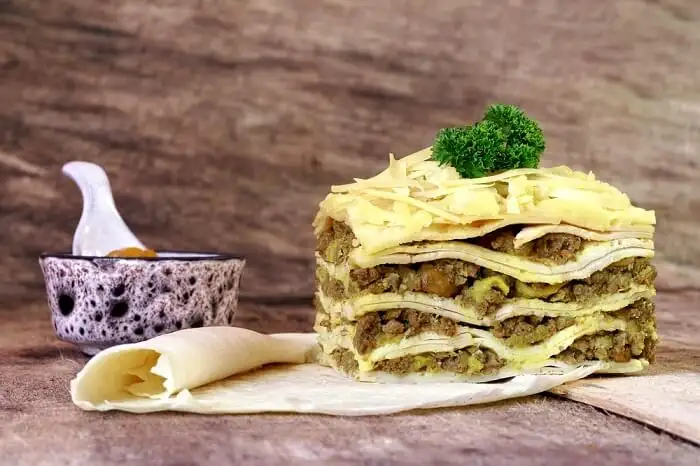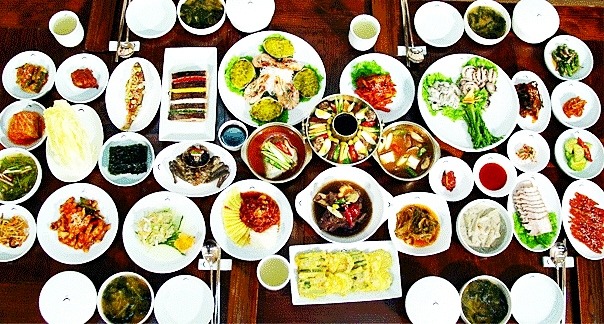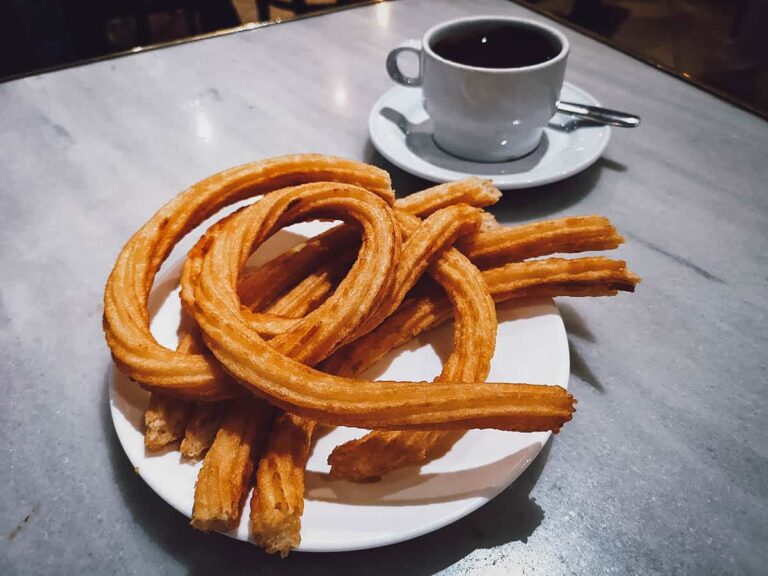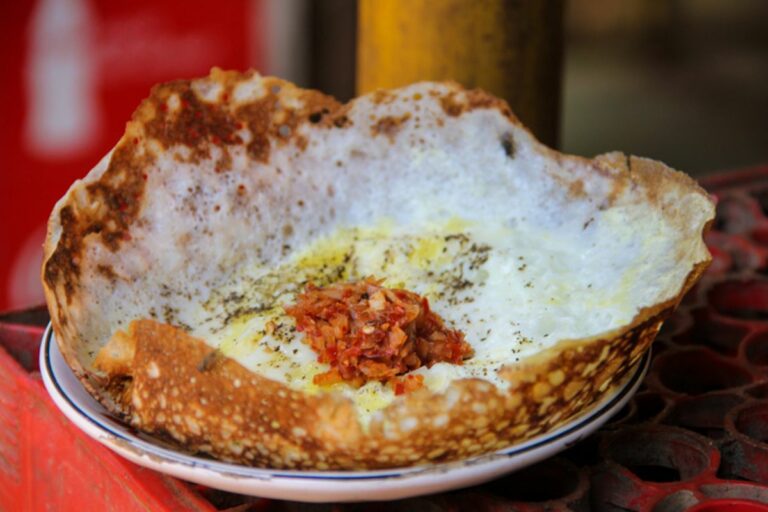Introduction to South African cuisine
South African cuisine is a melting pot of different cultural influences that have come together to create a unique and diverse food scene. The cuisine is known for its bold and flavorful dishes, with a strong emphasis on meat, vegetables, and spices. While savory dishes are typically the star of the show, South African cuisine also boasts a variety of delicious desserts and sweets.
The sweet side of South African cuisine
South African cuisine may not be as well-known for its desserts as some other countries, but there are plenty of sweet treats to discover. From traditional desserts that have been enjoyed for generations to modern twists on classic flavors, South African desserts are both delicious and diverse.
Traditional desserts of South Africa
One of the most iconic and beloved traditional desserts in South Africa is malva pudding. This sweet sponge cake is made with apricot jam and served warm with custard or ice cream. Another popular dessert is koeksisters, which are deep-fried twisted pastries that are soaked in a syrup made from sugar, cinnamon, and ginger.
Popular sweet treats in South Africa
In addition to traditional desserts, there are also a number of popular sweet treats that you’ll find all across South Africa. Melktert, or milk tart, is a custard-filled pastry that is a staple in many South African homes. Another popular sweet treat is peppermint crisp tart, which is a layered dessert made with whipped cream, caramel, and crushed peppermint crisp chocolate bars.
Influences on South African dessert culture
South African cuisine has been shaped by a variety of different cultural influences over the years, and this is true for desserts as well. For example, many traditional South African desserts have roots in Dutch and British cuisine, while other sweet treats have been influenced by Indian and Malay flavors.
Must-try desserts when visiting South Africa
If you’re planning a trip to South Africa, there are a few must-try desserts that you won’t want to miss. In addition to malva pudding and koeksisters, be sure to try melktert and peppermint crisp tart. You should also keep an eye out for melk kos, which is a sweet, creamy dessert made with milk, sugar, and flour. No matter what sweet treats you choose to try, you’re sure to be delighted by the diverse and delicious dessert culture of South Africa.






